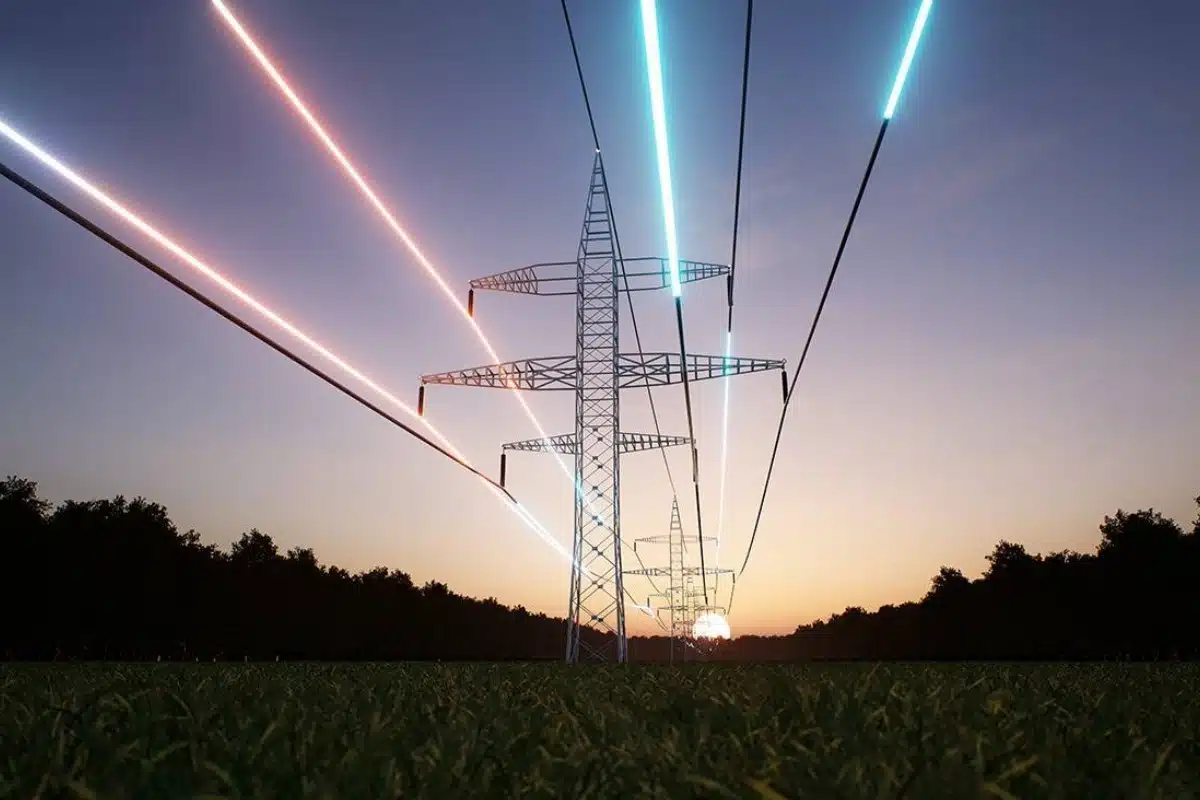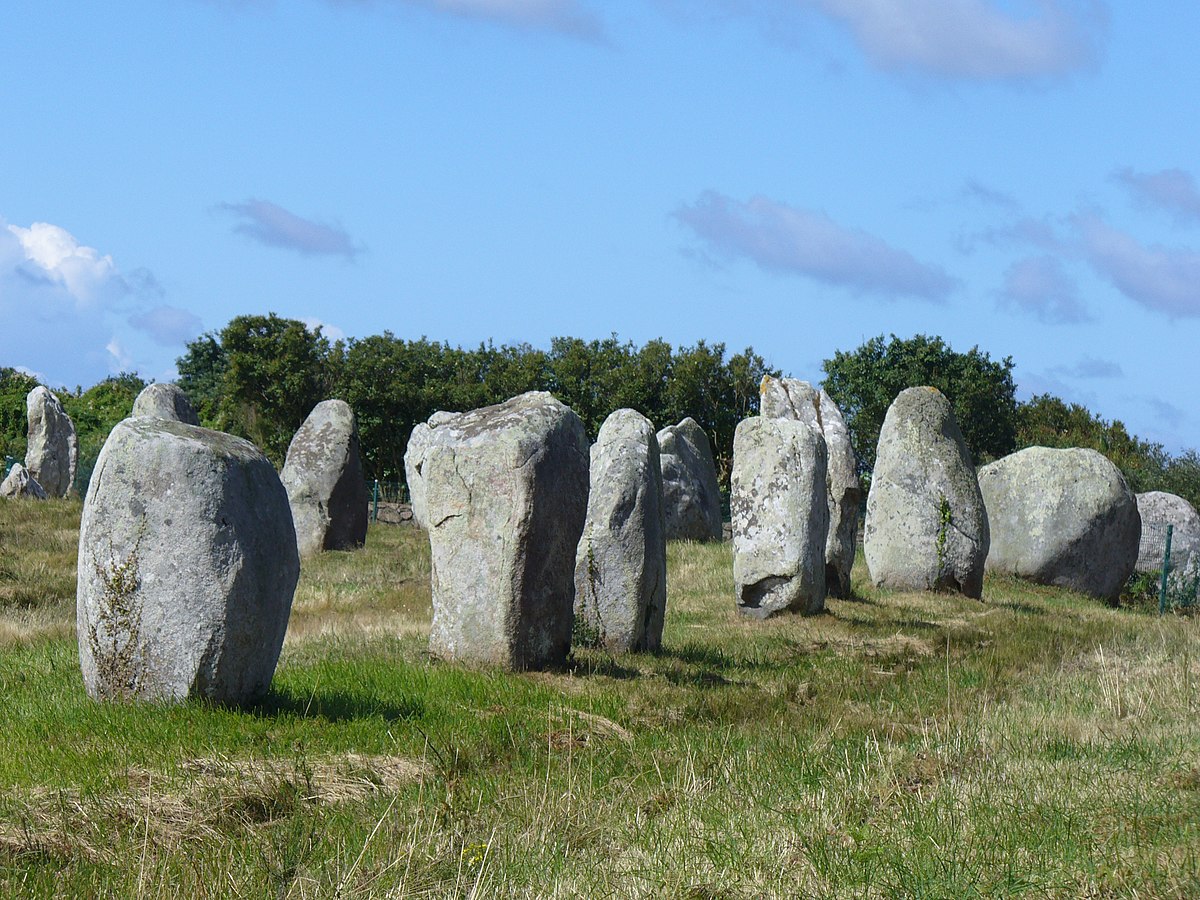Ancient stone monuments scattered across the globe have captivated humanity for millennia, standing as silent witnesses to sophisticated astronomical knowledge.
From the windswept plains of Salisbury to the remote islands of the Pacific, megalithic structures reveal that our ancestors possessed remarkable understanding of celestial mechanics. These enigmatic alignments weren’t merely religious symbols or territorial markers—they were sophisticated astronomical instruments carved in stone. Modern archaeoastronomy continues to unveil the complex relationships between these monuments and the heavens, challenging our assumptions about prehistoric intelligence and technological capability.
🌟 The Foundation of Megalithic Astronomy
Megalithic alignments represent one of humanity’s earliest attempts to systematically observe and record celestial patterns. These structures, constructed between approximately 4000 BCE and 1500 BCE, demonstrate that Neolithic communities possessed advanced mathematical and astronomical knowledge. The precision required to align massive stones with specific celestial events suggests generations of careful observation and knowledge transmission.
The term “megalith” derives from the Greek words “mega” (great) and “lithos” (stone), referring to structures built from large stone blocks without mortar. While many assume these monuments served purely ceremonial purposes, mounting evidence indicates their primary function involved astronomical calculation and calendrical tracking. Ancient builders understood that celestial cycles governed agricultural seasons, migration patterns, and environmental changes critical to survival.
Understanding Celestial Markers
Ancient astronomers identified several key celestial events worthy of permanent stone markers. Solar events included the summer and winter solstices, when the sun reaches its northernmost or southernmost position, and the spring and autumn equinoxes, when day and night achieve equal length. Lunar cycles proved equally important, particularly the major and minor lunar standstills occurring on 18.6-year cycles.
Stellar alignments focused on prominent stars and constellations whose heliacal rising—first appearance before sunrise—signaled seasonal transitions. The Pleiades cluster, Sirius, and various circumpolar stars served as reliable calendrical markers across diverse cultures. These celestial reference points enabled prehistoric communities to develop accurate calendars without written language.
📍 Stonehenge: The Quintessential Astronomical Computer
No discussion of megalithic astronomy can ignore Stonehenge, arguably the world’s most famous prehistoric monument. Located on Salisbury Plain in Wiltshire, England, this iconic structure evolved through multiple construction phases between 3000 and 1520 BCE. Its sophisticated design reveals intentional astronomical alignments that continue to astound researchers.
The monument’s most celebrated alignment occurs during the summer solstice, when the rising sun appears directly above the Heel Stone when viewed from the center of the structure. Conversely, the winter solstice sunset aligns with the opposite axis. However, Stonehenge’s astronomical functions extend far beyond these obvious solar markers.
The Aubrey Holes Mystery
The 56 Aubrey Holes—circular pits forming a ring around Stonehenge’s perimeter—may have served as a lunar calculator. Astronomer Gerald Hawkins proposed that ancient astronomers used markers moved between these holes to predict lunar eclipses with remarkable accuracy. By moving stones or posts in specific patterns, they could track the 18.6-year lunar nodal cycle and forecast when eclipses would occur.
This theory suggests Stonehenge functioned as a sophisticated analog computer, allowing prehistoric communities to anticipate celestial events without complex mathematics or written notation. While some scholars dispute Hawkins’ interpretations, the precision of Stonehenge’s astronomical alignments remains undeniable.
🌍 Global Megalithic Networks
Stonehenge represents just one node in a worldwide network of astronomically aligned megaliths. From Europe to Asia, Africa to the Americas, ancient cultures independently developed similar approaches to marking celestial events. This widespread phenomenon suggests astronomical observation emerged as a fundamental human endeavor, essential to cultural and economic development.
Newgrange and the Irish Passage Tombs
In Ireland’s Boyne Valley, Newgrange predates Stonehenge by approximately 500 years, making it one of the world’s oldest astronomically aligned structures. This passage tomb features a precisely engineered roof box that channels the winter solstice sunrise into its inner chamber. For approximately 17 minutes each year, light penetrates the 19-meter passage, illuminating the chamber floor—a spectacular demonstration of Neolithic engineering and astronomical knowledge.
The broader Brú na Bóinne complex includes Knowth and Dowth, which display their own astronomical alignments. Together, these monuments suggest coordinated astronomical observation across the Irish landscape, possibly serving as a regional calendrical system.
Carnac: France’s Megalithic Metropolis
The Carnac stones in Brittany, France, comprise over 3,000 standing stones arranged in linear alignments stretching for kilometers. Dating to approximately 4500 BCE, these monuments represent Europe’s largest megalithic complex. While their precise purpose remains debated, several rows align with solstice sunrise and sunset positions.
Scottish engineer Alexander Thom proposed that Carnac’s alignments tracked multiple lunar cycles, allowing prediction of lunar standstills. The sheer scale of the Carnac complex suggests it served as a regional astronomical observatory, drawing communities from across prehistoric Brittany.
⭐ Decoding Alignment Methodologies
Modern archaeoastronomers employ sophisticated techniques to verify megalithic alignments. This multidisciplinary field combines archaeology, astronomy, mathematics, and surveying to determine whether stone orientations represent intentional astronomical markers or random chance.
Statistical Analysis and Probability
Researchers must distinguish between genuine astronomical alignments and coincidental orientations. Given enough monuments, some stones will inevitably align with celestial events by pure chance. Archaeoastronomers therefore employ statistical methods to determine whether alignments occur more frequently than random distribution would predict.
This involves calculating alignment probabilities, considering the monument’s horizon profile, and accounting for precession—the gradual shift in Earth’s axial orientation that changes star positions over millennia. Only when alignments occur significantly above chance levels can researchers confidently claim intentional astronomical design.
Horizon Astronomy and Foresights
Many megalithic alignments incorporate natural landscape features as celestial markers. Ancient astronomers identified distinctive hills, valleys, or rock formations where the sun, moon, or stars appeared at critical moments. Stone monuments then permanently marked optimal observation positions, creating what archaeoastronomers call “foresight” alignments.
This technique proved particularly effective for tracking lunar standstills, which occur when the moon reaches its maximum or minimum rising and setting positions along the horizon. These events, separated by 18.6 years, required multigenerational observation to understand fully—testament to prehistoric communities’ commitment to astronomical knowledge.
🗓️ Calendrical Systems in Stone
Beyond marking isolated celestial events, many megalithic complexes functioned as comprehensive calendrical systems. These stone calendars enabled agricultural societies to predict seasonal transitions with the precision necessary for successful crop cultivation and food storage.
Solar Calendar Mechanisms
Solar calendars based on solstice and equinox observations provided frameworks for annual timekeeping. By marking these four cardinal points, ancient astronomers divided the year into quarters, each approximately 91 days. Intermediate alignments to cross-quarter days—midpoints between solstices and equinoxes—created eight-fold divisions matching agricultural cycles.
Some stone circles incorporate specific numbers of stones corresponding to calendrical units. The 365-day solar year, 29.5-day lunar month, and various celestial cycles appear encoded in monument architecture, suggesting deliberate mathematical planning.
Lunar Observatories and Eclipse Prediction
Lunar cycles presented greater complexity than solar patterns, requiring more sophisticated observation systems. The moon’s 29.5-day synodic cycle (new moon to new moon) differs from its 27.3-day sidereal period (return to the same stellar position), creating intricate patterns ancient astronomers sought to understand.
Eclipse prediction represented the pinnacle of megalithic astronomy. By tracking the 18.6-year lunar nodal cycle and the 223-month Saros cycle (approximately 18 years, 11 days), ancient astronomers could anticipate eclipses. This knowledge conferred tremendous social power, allowing priest-astronomers to “predict” spectacular celestial events.
🔍 Modern Technology Meets Ancient Wisdom
Contemporary research employs cutting-edge technology to decode megalithic alignments. Three-dimensional laser scanning, geographic information systems (GIS), and computer modeling enable researchers to test alignment theories with unprecedented precision.
Digital Reconstruction and Virtual Observation
Software programs can reconstruct ancient skies, accounting for precession and atmospheric refraction to show exactly what ancient observers would have seen thousands of years ago. These digital planetariums allow researchers to test alignment hypotheses without waiting years for specific celestial configurations to occur.
Photogrammetry and LiDAR technology create detailed three-dimensional models of megalithic sites, preserving them digitally while enabling virtual astronomical observations from any position within the monument. These tools have revealed previously unrecognized alignments at well-studied sites.
Interdisciplinary Approaches
Modern megalithic studies integrate ethnographic research with indigenous astronomical traditions. Living cultures maintaining ancient astronomical practices provide invaluable insights into how prehistoric communities might have understood and utilized megalithic alignments. Polynesian navigation, Aboriginal Australian sky knowledge, and Native American archaeoastronomy inform interpretations of prehistoric European monuments.
This comparative approach reveals universal patterns in how human societies observe celestial phenomena, suggesting megalithic astronomy reflected cognitive capabilities shared across humanity rather than isolated genius.
🌙 The Social Dimensions of Megalithic Astronomy
Astronomical knowledge encoded in megaliths carried profound social implications. Communities capable of tracking celestial cycles and predicting events gained significant advantages in agricultural planning, ritual timing, and political authority.
Power and Priesthood
Control over astronomical knowledge likely concentrated power in the hands of specialized priest-astronomers. These individuals maintained observational traditions across generations, ensuring calendrical accuracy and eclipse predictions. Their specialized knowledge justified social hierarchies emerging during the Neolithic period.
Megalithic monuments physically manifested this astronomical authority. The enormous labor investment required to construct these sites—estimated at millions of person-hours for major monuments—demonstrates the social importance communities placed on astronomical observation.
Community Gathering and Ritual
Solstice and equinox events likely occasioned large community gatherings, reinforcing social bonds and shared cosmological understanding. Modern solstice celebrations at sites like Stonehenge echo these ancient traditions, suggesting continuity in how humans mark astronomical transitions.
Archaeological evidence of feasting, animal sacrifice, and structured deposits at megalithic sites indicates that astronomical events triggered complex ritual activities. These ceremonies integrated cosmological observation with social reproduction, binding communities through shared celestial experience.
💡 Debunking Myths and Pseudoscience
Megalithic astronomy attracts substantial pseudoscientific speculation, from alien intervention theories to claims of advanced lost civilizations. Responsible scholarship must distinguish evidence-based interpretation from sensationalized fantasy.
Addressing Alternative Theories
While megalithic achievements are undeniably impressive, they resulted from human ingenuity, patient observation, and multigenerational knowledge accumulation—not extraterrestrial assistance or Atlantean technology. Ancient peoples possessed the same cognitive capabilities as modern humans, and given sufficient motivation and time, could accomplish remarkable feats.
Claims of extreme precision in megalithic alignments often crumble under statistical scrutiny. While some alignments demonstrate impressive accuracy, they fall within capabilities of careful observation using simple tools. Exaggerated precision claims frequently cherry-pick favorable alignments while ignoring misaligned stones.
The Importance of Context
Understanding megalithic astronomy requires archaeological context. Monuments didn’t exist in isolation but formed parts of broader cultural landscapes including settlements, burial grounds, and resource extraction sites. Astronomical functions, while significant, represent just one aspect of these multifaceted structures.
Overemphasis on astronomical interpretations risks reducing complex monuments to simple observatories, ignoring their ritual, social, territorial, and symbolic dimensions. Comprehensive understanding requires integrating astronomical functions with other archaeological evidence.
🔭 Contemporary Applications and Lessons
Studying megalithic astronomy offers insights extending beyond historical curiosity. These ancient observatories demonstrate humanity’s long relationship with celestial observation and our persistent drive to understand cosmic patterns.
Reconnecting with Celestial Cycles
Modern urban life increasingly disconnects people from natural astronomical cycles. Artificial lighting obscures stars, while calendars divorced from celestial events regulate daily life. Megalithic sites remind us that humanity once lived in intimate relationship with sky patterns, organizing society around cosmic rhythms.
This disconnect carries consequences for environmental awareness and sustainable living. Reconnecting with celestial cycles—even through visits to megalithic sites—can foster deeper ecological consciousness and temporal awareness extending beyond modern convenience.
Preserving Astronomical Heritage
Megalithic sites face threats from development, climate change, and mass tourism. Light pollution increasingly compromises astronomical observations at these locations, ironic given their original purpose. Preservation efforts must consider not just physical monuments but also the dark skies that make astronomical alignments observable.
UNESCO World Heritage designation protects major sites like Stonehenge, but thousands of lesser-known megalithic monuments lack adequate protection. Archaeoastronomical research helps justify conservation by demonstrating these monuments’ scientific and cultural significance.
🌅 Unfinished Puzzles and Future Research
Despite decades of research, megalithic astronomy retains profound mysteries. Many alignments remain unverified, and debates continue regarding the sophistication of prehistoric astronomical understanding.
Emerging research directions include investigating whether megalithic builders understood planetary motions, exploring potential stellar alignments beyond obvious candidates, and examining possible connections between geographically distant monuments. Advanced statistical methods and improved dating techniques continually refine our understanding.
The field also benefits from increased collaboration with indigenous communities whose oral traditions may preserve astronomical knowledge spanning millennia. These partnerships enrich interpretations while respecting cultural heritage and intellectual property rights.
As technology advances and methodologies improve, megalithic monuments continue revealing secrets encrypted in stone thousands of years ago. Each discovery reinforces a fundamental truth: our ancestors were neither primitive nor intellectually inferior—they were sophisticated observers who read the cosmos with remarkable skill, encoding their knowledge in monuments that still speak to those willing to listen. The stones stand as testament to humanity’s eternal fascination with the heavens and our enduring quest to understand our place within the cosmic order. 🌠
Toni Santos is a visual researcher and educational designer specializing in tactile learning tools, exploring how hands-on, sensory experiences can illuminate ancient construction techniques, lost technologies of early civilizations, sacred geometries and earth alignments, and mysterious energy sources. Through embossed maps, textured models, and handcrafted manipulatives, Toni investigates how physical interaction deepens understanding, memory, and creativity, while uncovering the subtle ways these tools convey knowledge across cultures and ages. Blending design theory, educational psychology, and archival research, Toni curates case studies, visual explorations, and instructional resources that celebrate the craft, innovation, and cognitive power of touch-based learning, inviting educators, designers, and curious minds to engage with the hidden patterns and energies that have shaped human history.




